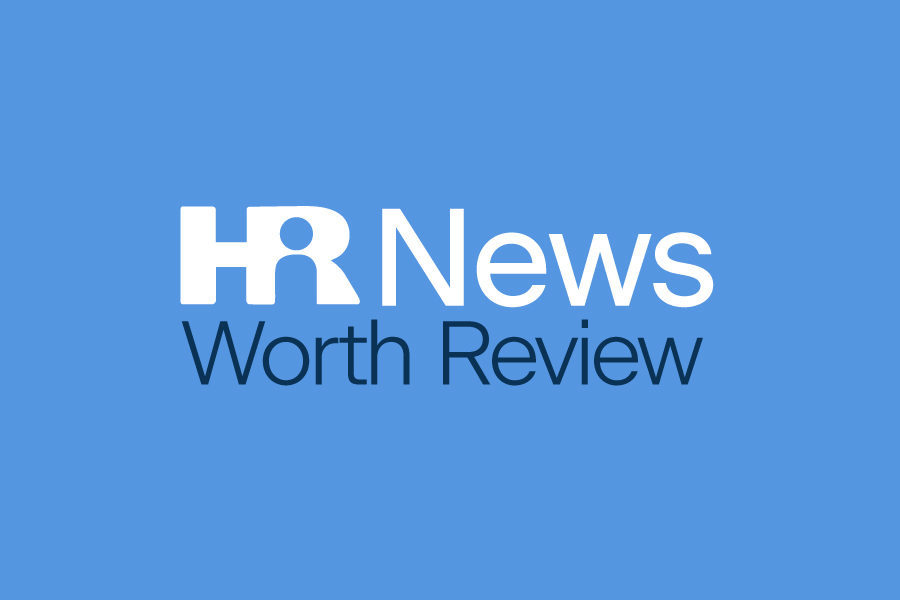Medicare Part D Notices Are Due Before Oct. 15, 2022
Each year, Medicare Part D requires group health plan sponsors to disclose to individuals who are eligible for Medicare Part D and to the Centers for Medicare and Medicaid Services (CMS) whether the health plan’s prescription drug coverage is creditable. Plan sponsors must provide the annual disclosure notice to Medicare-eligible individuals before Oct. 15, 2022 — the start date of the annual enrollment period for Medicare Part D. CMS has provided model disclosure notices for employers to use.This notice is important because Medicare beneficiaries who aren’t covered by creditable prescription drug coverage and don’t enroll in Medicare Part D when first eligible will likely pay higher premiums if they enroll at a later date. Although there are no specific penalties associated with this notice requirement, failing to provide the notice may be detrimental to employees.To make the process easier, employers often include Medicare Part D notices in open enrollment materials sent out annually. If a plan sponsor chooses to provide the disclosure notice with other plan participant information, the creditable coverage disclosure must be prominent and conspicuous. This means that the disclosure notice portion of the document or a reference to the section in the document that contains the disclosure notice portion must be prominently referenced in at least 14-point font in a separate box, bolded or offset on the first page of the provided plan participant information. Also, as a practical matter, group health plan sponsors often provide the creditable coverage disclosure notices to all plan participants. Additionally, plan sponsors may use the electronic disclosure standards under Department of Labor (DOL) regulations in order to send the creditable coverage disclosure notices electronically (see our existing white paper on the DOL’s Electronic Disclosure Safe Harbor Rules). Employer TakeawayEmployers should confirm whether their health plan’s prescription drug coverage is creditable or non-creditable and prepare to send their Medicare Part D disclosure notices, or include them with enrollment materials, before Oct. 15, 2022. As a reminder, “before” means the individual must have been provided with the notice within the past 12 months. So, if it was provided on or after Oct. 16, 2021, that will suffice.
Inflation Reduction Act Contains Some Health Reforms
On Aug. 16, 2022, President Joe Biden signed the Inflation Reduction Act into law. While this law is primarily aimed at fighting inflation and reducing carbon emissions, it also contains a number of reforms that will impact health coverage. The health reforms included in the law have staggered effective dates and will be implemented over the next several years. The law’s health reforms primarily impact those with Medicare coverage. Specifically, the law implements the following measures:
- It allows the Secretary of Health and Human Services to negotiate the prices of certain Medicare drugs each year. The negotiations will take effect in 2026 for 10 drugs covered by Medicare, increasing to 20 drugs in 2029.
- Beginning in 2023, the cost of insulin will be capped at $35 per month for people with diabetes enrolled in Medicare.
- Beginning in 2025, out-of-pocket prescription drug costs will be capped at $2,000 per year for Medicare beneficiaries.
The law also implements a three-year extension on increased health insurance subsidies for coverage purchased through an Exchange. These enhanced subsidies were originally provided as part of the American Rescue Plan Act, a COVID-19 relief bill, and were set to expire at the end of 2022.Employer TakeawayWhile these provisions generally effect only individuals enrolled in Medicare or through the Marketplace, employers should make themselves familiar with the provisions should they receive questions from any employees that receive their coverage through either source.
NLRB Proposes Return to the BFI Joint Employer Standard — Possibly Expanding Scope of “Joint Employment”
On Sept. 7, 2022, the National Labor Relations Board (NLRB) proposed to review and replace the current joint employment standard. Comments regarding the proposal must be submitted to the NLRB by Nov. 7, 2022. BackgroundJoint employment situations can happen when two or more employers share personnel hiring, supervision and management practices. Whether joint employment is by design or unintentional, joint employers are equally responsible for compliance with labor and employment laws. The current joint employment standard became effective on April 27, 2020, and applies to labor issues related to the National Labor Relations Act . This standard focuses on the amount of control an employer exerts over the employment relationship. When adopting this standard, the NLRB abandoned the Browning-Ferris Industries of California Inc. (BFI) decision. Under BFI, two entities were deemed joint employers based on the mere existence of reserved joint control, indirect control, or control that was limited and routine. However, the NLRB proposed to rescind the current standard and return to the rules set by the BFI decision. Under the proposal, joint employment status may be established with evidence of either direct or indirect control over an employee’s essential terms and conditions of employment. Considering areas of indirect control may include any rights and powers employers reserve, even if they are not used. This proposal also presents some clarifications on the definition of “essential terms and conditions of employment.”


